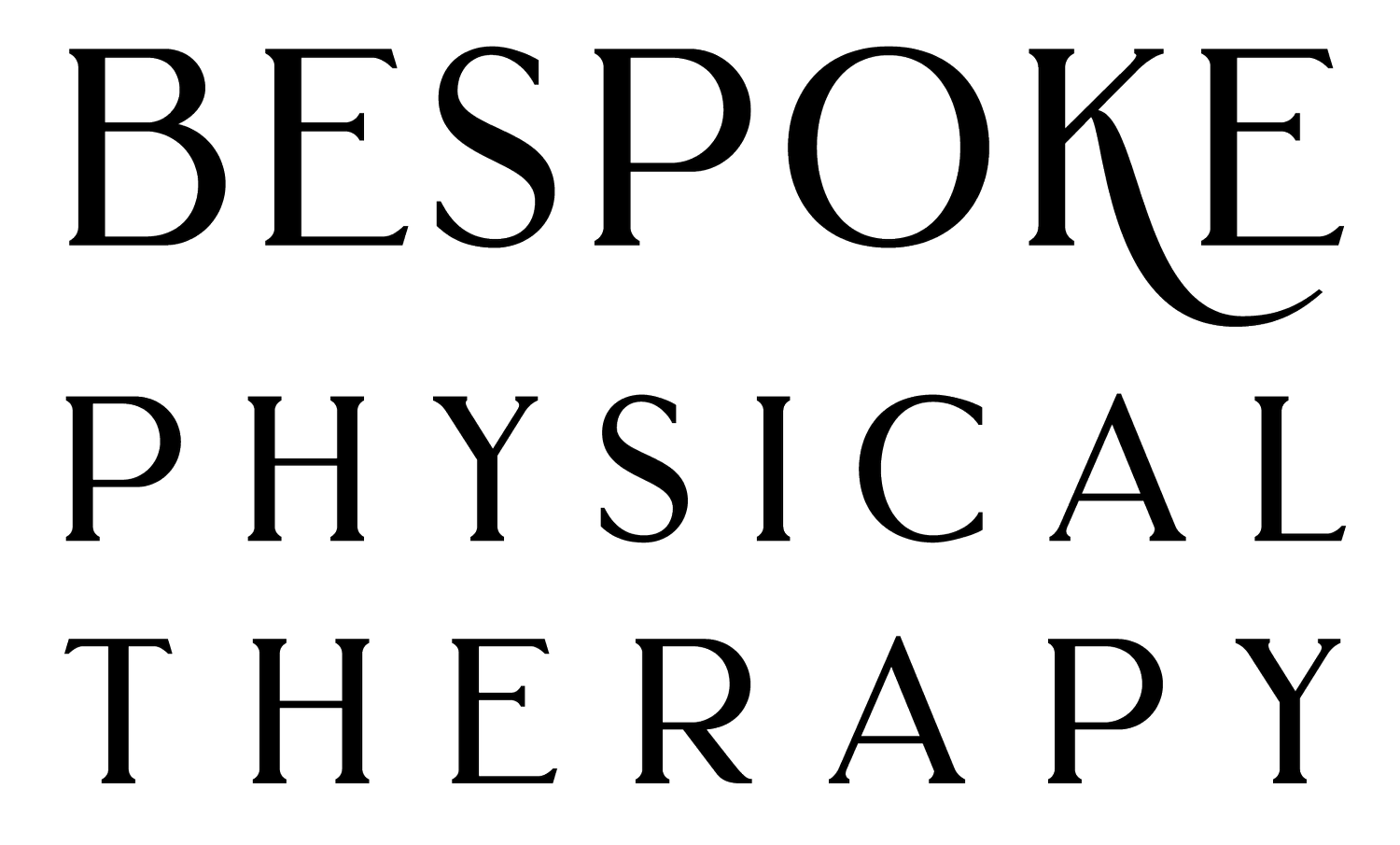I have crystals in my ears? Answers to this, and other common questions about BPPV.
Question: Do I really have crystals in my ears?
Answer: We don’t actually have “crystals” in our ear, but we do have tiny pieces of calcium carbonate (sand) in our inner ears that are commonly referred to as “crystals,” Bonus info: Technically speaking, these are called “otoconia.”
Question: How did I get the crystals?
Answer: It’s normal to have them- everybody does. The problem is when the crystals move out of their home (the utricle) and into their neighboring structures (the semicircular canals). When the crystals are in the semicircular canals, this causes a spinning sensation when people move around. This spinning sensation can be very severe at times.
Question: What caused my crystals to move into the semicircular canals?
Answer: In my awareness there are 3 main causes:
Head trauma: Think about a car accident with one’s head hitting a window, or a blow to the head during football.
Chronically low vitamin D. (Note: this does NOT mean people should start taking vitamin D without speaking to their physician first.)
Unknown. (This is what I see most commonly in my practice).
Question: What does BPPV stand for?
Answer: Benign Paroxysmal Positional Vertigo. Most of these words are commonly known with the exception of “paroxysmal.” This just means something that comes and goes.
Question: How do I know if I have BPPV (or a problem with my crystals)?
Answer: A qualified medical provider such as a physical therapist trained in vestibular therapy (ME!), an ENT, or an audiologist commonly test and diagnose BPPV. Common symptoms of someone with BPPV are:
The sensation that the room is spinning
Symptoms that last for less than 30 seconds
Symptoms that come on with lying down in bed, rolling over in bed, getting up out of bed, bending over, or tilting the head upward (all of these change one’s head position relative to gravity).
Question: How is BPPV treated?
Answer: Here at Bespoke Physical Therapy, BPPV is treated by positioning the patient’s body (focusing on the position of the head) in various positions to use gravity to move the crystals back to where they belong. There are several options, and following a thorough evaluation, the best maneuver for that particular person is chosen.
Question: How long does it take to resolve BPPV?
Answer: On average it takes 2-3 visits. That being said I have had many many cases that were resolved with only the initial visit, as well as some that have taken 8-10 visits to resolve.
Questions: How do I know if Bespoke Physical Therapy will be able to help me?
Answer: There are a few options to help you decide if Bespoke PT is the best fit for you. The easiest one is to book a complimentary consultation. These are often done via Bespoke’s HIPPA secure video chat, but can also easily be conducted with a regular phone call. I will ask you more about what you are experiencing, and you will have a chance to ask me any of your questions. If it sounds like you have BPPV or something that Bespoke PT can resolve, I will share that information with you, and if not I will be equally honest with you.
Many people also just call our phone number to discuss when they have a free moment. I can’t guarantee I’ll be able to answer immediately, but I always return voicemails within the same business day and am happy to chat over the phone.
The beauty of working with a cash based clinic, is that we don’t have to deal with the friction of insurance verification, physician referrals, and long wait times, and can often get a person into the office and on the road to recovery within a day or two.
